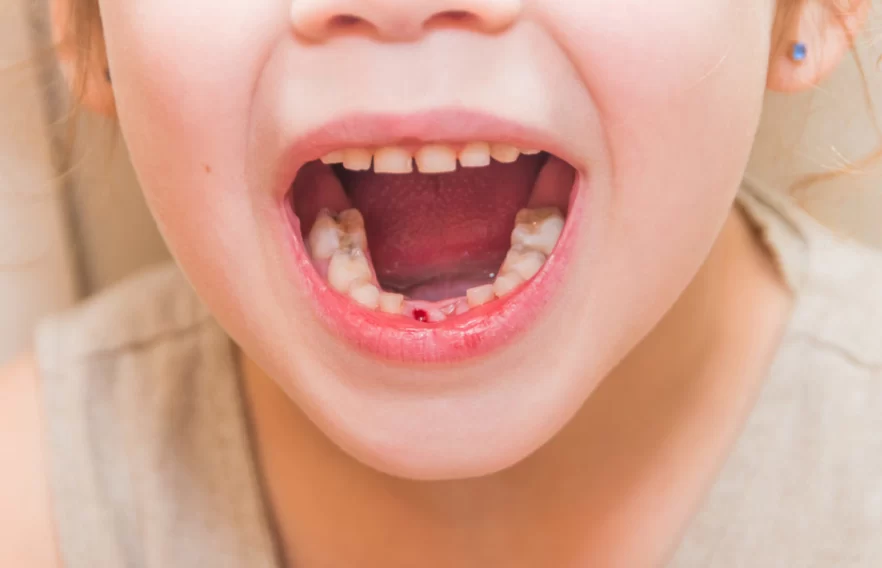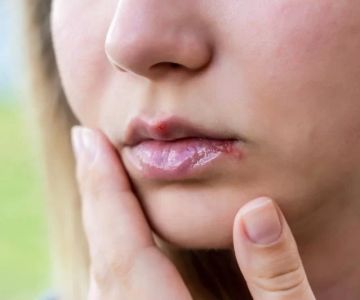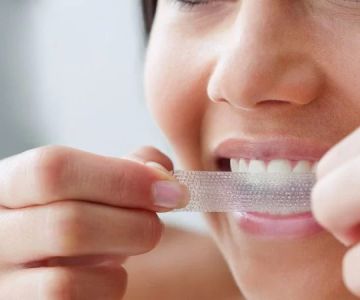
What to Do When Your Child Knocks Out a Tooth: A Parent’s Guide
As a parent, the thought of your child getting hurt can be nerve-wracking, especially when it comes to a dental emergency like a knocked-out tooth. I remember the day my daughter came running to me with tears in her eyes, holding her tooth in her hand after a playground accident. My heart raced as I realized what had happened. It was a terrifying moment, but I knew I had to stay calm and act quickly. If you're ever in this situation, knowing what steps to follow can make all the difference in saving your child’s tooth and getting the proper care.
1. Stay Calm and Assess the Situation
The first thing I learned when my child knocked out their tooth is to remain calm. Easier said than done, right? But your child will look to you for guidance, so staying composed is crucial. Take a deep breath, comfort your child, and quickly assess the situation. Is the tooth completely out? Is there any bleeding? Has the tooth fallen onto the ground or somewhere nearby?
If the tooth is still in your child’s mouth but loose, gently try to reposition it back into the socket. Avoid any forceful movements. If the tooth has completely come out, you will need to act fast to preserve it. When this happened with my daughter, I could see that the tooth was still intact, but I knew I had to get moving quickly to avoid it drying out.
2. Find the Tooth and Handle It Carefully
Finding the knocked-out tooth is the next critical step. If you’re in a situation like mine, your first instinct might be to panic and not know where it fell. But take a moment to look around carefully. If the tooth is still visible and clean, pick it up gently by the crown (the top part of the tooth). Avoid touching the root of the tooth because it can damage the cells that are essential for reattachment.
Once I found my daughter’s tooth, I made sure to handle it as carefully as possible. I didn’t want to risk contaminating it with dirt or bacteria, so I placed it in a clean container. Remember not to scrub the tooth with water, as that can damage it further. If the tooth has dirt or debris, rinse it briefly with milk or saline solution (not water). This keeps the tooth viable for reattachment.
3. Keep the Tooth Moist
One of the most important things to do when dealing with a knocked-out tooth is to keep it moist. This helps to preserve the tooth’s tissue and increases the chances of a successful reattachment by the dentist. I was told by the dentist that keeping the tooth hydrated is key, and it’s something I remember every time I think back to that day.
If you can, place the tooth in a cup of milk. The calcium in milk can help keep the tooth’s cells alive. If milk is unavailable, you can also use saline solution or even your child’s saliva. The tooth should be kept in a liquid at all times, so be sure to act quickly and don’t let the tooth dry out. In an ideal situation, the tooth should be reinserted into the socket by the dentist within 30 minutes to an hour for the best chance of saving it.
4. Call Your Dentist or an Emergency Dental Service
Once you have the tooth secured in a safe and moist environment, the next step is to get in touch with your dentist or an emergency dental service. Time is of the essence in cases of knocked-out teeth, and the sooner you get professional care, the better the chances of reattaching the tooth.
I remember calling my dentist's office as soon as I had the tooth secured. They immediately instructed me to bring my daughter in and reassured me that I was doing the right thing by keeping the tooth moist. Even if it’s outside of regular office hours, many dentists have emergency services or an after-hours number to contact. If you're unable to reach your dentist, consider going to the nearest hospital or dental emergency clinic.
5. Avoid Giving Your Child Food or Drink Before the Dentist
If your child is in pain or feeling anxious, it can be tempting to offer them food or drink, but it's important to avoid this before seeing the dentist. If the tooth is reinserted, it may require a local anesthetic or other procedures, and having food in the stomach could complicate the process. I made sure my daughter only drank water and didn’t eat anything until we got to the dentist.
Also, try to keep your child calm and comfortable on the way to the dentist. Pain can make kids irritable, so it helps to talk to them in a soothing manner. I found that explaining what was going to happen and reassuring her that everything would be okay helped calm her nerves.
6. Understand What Happens at the Dentist’s Office
When you get to the dentist, they will likely assess the injury by taking an X-ray to check for any fractures in the tooth or damage to the surrounding bone. If the tooth is in good condition and the socket looks healthy, the dentist will attempt to reinsert the tooth into the socket. They might also splint the tooth to neighboring teeth to help it heal in place.
When I brought my daughter to the dentist, the procedure went smoothly. They gently repositioned the tooth into the socket and used a small splint to secure it. My daughter was given a local anesthetic to numb the area, which helped her remain comfortable throughout the process. While the tooth was being reattached, the dentist also explained how important it was to follow up with proper oral care as the tooth heals.
7. Follow Up and Care for the Tooth After Reattachment
After your child’s tooth is reattached, there are a few important steps to follow for proper healing. It’s essential to avoid chewing on the affected side of the mouth for several days and ensure your child maintains good oral hygiene. Your dentist may recommend using a saltwater rinse to keep the area clean. Additionally, the tooth will need to be monitored over the following weeks to ensure it heals properly.
In my case, my daughter had to return to the dentist a few weeks later for a follow-up visit to make sure the tooth was healing well and that no infection had developed. The dentist also provided guidance on how to care for the tooth to avoid further trauma, such as avoiding hard foods and being cautious during playtime.
Dealing with a knocked-out tooth can be stressful for both parents and children, but following these steps can help increase the chances of saving the tooth and minimizing pain. By acting quickly, staying calm, and seeking professional dental care, you can help your child recover and get back to their routine as soon as possible.







 Henry J. Austin Health Center at Ewing Street3.0 (33 review)
Henry J. Austin Health Center at Ewing Street3.0 (33 review) Elite Smiles4.0 (279 review)
Elite Smiles4.0 (279 review) Cornell Dental4.0 (383 review)
Cornell Dental4.0 (383 review) Pearl River Family Dentistry5.0 (104 review)
Pearl River Family Dentistry5.0 (104 review) Sweet City Smiles5.0 (513 review)
Sweet City Smiles5.0 (513 review) Seven Hills Dentistry4.0 (1109 review)
Seven Hills Dentistry4.0 (1109 review) The Importance of Oral Health Education During Pregnancy for a Healthy Pregnancy
The Importance of Oral Health Education During Pregnancy for a Healthy Pregnancy Best Tips for Brushing Your Teeth Properly for Healthy Gums: Essential Techniques for Oral Health
Best Tips for Brushing Your Teeth Properly for Healthy Gums: Essential Techniques for Oral Health Why Skipping Dental Checkups Can Lead to Bigger Oral Health Problems
Why Skipping Dental Checkups Can Lead to Bigger Oral Health Problems Advantages of Porcelain Dental Restorations
Advantages of Porcelain Dental Restorations How Can Diabetes Cause Tooth and Gum Problems? Preventing and Managing Oral Health Issues
How Can Diabetes Cause Tooth and Gum Problems? Preventing and Managing Oral Health Issues Healthy Habits for Promoting Good Oral Health and Hygiene: Tips for a Healthy Smile
Healthy Habits for Promoting Good Oral Health and Hygiene: Tips for a Healthy Smile